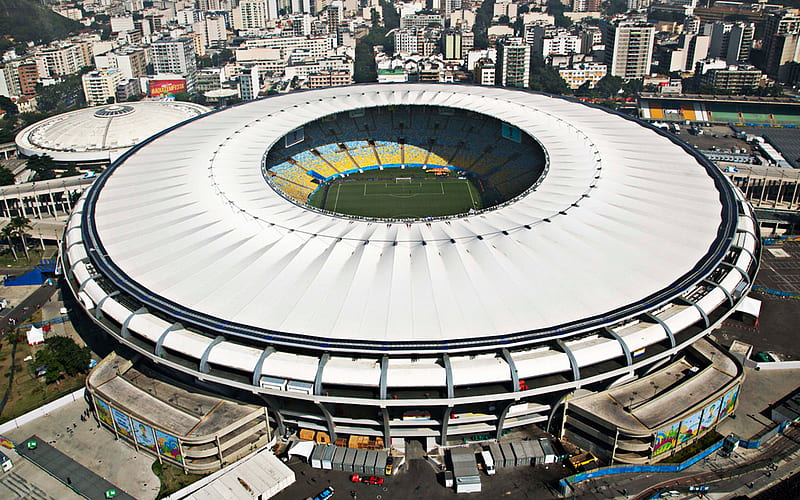The Estadio do Maracana is not just a stadium; it represents the heart and soul of Brazilian football. This iconic venue, situated in Rio de Janeiro, has witnessed countless historical moments and holds an irreplaceable place in the fabric of sports culture, both in Brazil and around the world. From fervent matches to grand celebrations, the Estadio do Maracana embodies the spirit of competition and the passion of Brazilian fans 188BET.
Introduction to Estadio do Maracana
The Estadio do Maracana was opened to the public in 1950 and has since become a hallmark of Brazilian sporting life, serving as a pivotal arena for numerous significant events. Nestled amidst the vibrant atmosphere of Rio de Janeiro, it stands as a testament to Brazil’s unyielding love for football. The stadium has hosted some of the most memorable moments in football history, including World Cup finals and Copa America matches, solidifying its reputation as a world-class sports venue đăng ký 188BET.
Beyond its physical structure, the Estadio do Maracana exemplifies Brazil’s cultural identity. It is more than just a site for athletic competitions; it encapsulates the dreams, joys, and sorrows of millions of fans who have thronged its stands. The stadium’s significance stretches far beyond the realm of sports—it serves as a communal space where people come together, united by their love for football.
History and Origins of Estadio do Maracana
The history of the Estadio do Maracana is rich with tales of ambition, artistry, and sport. Its construction began in the late 1940s, spearheaded by the vision of then-Governor of Rio de Janeiro, Mendes de Moraes. The goal was to create a monumental facility that could host the 1950 FIFA World Cup—a vision that eventually materialized into one of the largest stadiums in the world.
Construction and Inauguration
The construction of the Estadio do Maracana faced numerous challenges, ranging from financial issues to logistical constraints. Nevertheless, the project forged ahead, and on June 16, 1950, the stadium officially opened with a match between Brazil and Mexico. What was intended to be a monument of national pride soon became a symbol of hope and resilience.
The initial capacity of the Estadio do Maracana was astounding, accommodating over 200,000 spectators. This staggering figure not only reflected Brazil’s immense passion for football but also positioned the stadium as a global landmark. However, the inaugural World Cup showcased both the beauty and challenges of hosting such a large event, leading to unforgettable memories and eventual heartbreak for the Brazilian team.
Early Years and Key Milestones
In the years following its opening, the Estadio do Maracana became synonymous with notable events. It was not merely a venue for games; it emerged as a cultural phenomenon that transcended sports. Famous artists, cultural events, and political rallies graced its pitch, illustrating its importance beyond football.
